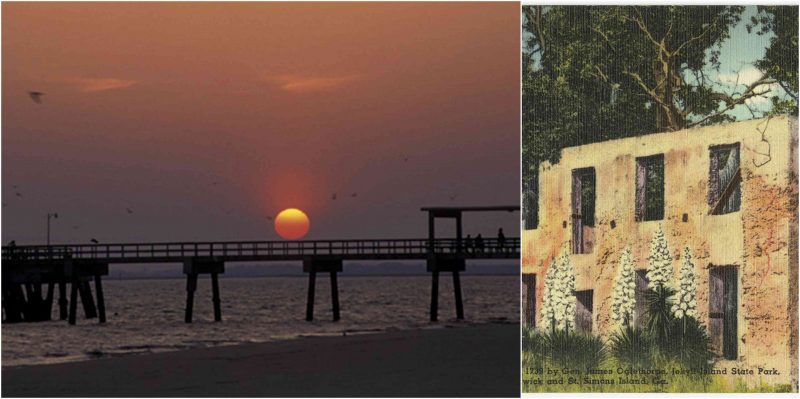A small dilapidated building on St. Simons Island sits forlornly in the place where it was built in the 1920s, seemingly waiting for the wrecking ball.
Fortunately for this little building, the threat of the wrecking ball is a thing of the past, as a group of concerned citizens is making every effort to bring this diminutive building back to its former glory.
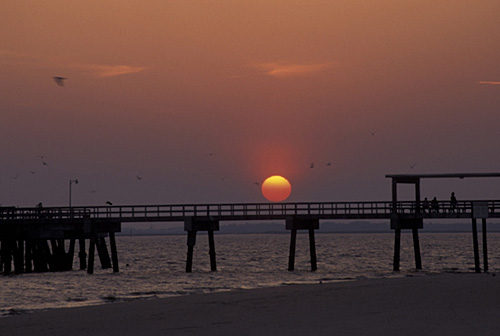
The building in question is the old schoolhouse where many African American children on St. Simons Island started their education. St. Simons is a small island off the coast near Brunswick in Georgia, and it was the home of many Gullah-Geechee people. These people were descended from slaves that were freed after the Civil War.
They made up around three-quarters of the population of the island and worked in all manner of trades. Living on an island isolated them from the influence of the mainland, so they managed to retain much of their African heritage and many of their traditions. Their children were very important to them, and they wanted a better life for the next generation, so they built the Harrington School, to ensure the children all received a good basic education.
The school was a one-room building of roughly 1,250 square feet. The children were separated into two age groups, and at any one time there could be 15 to 40 pupils taking lessons. In the 1960s, the Glynn County schools were desegregated, and the children from the Harrington School were bused to the mainland to attend school there. At that time, the schoolhouse accommodated a day care center, but in 1970 that closed down, leaving the school to stand abandoned.
Historic 1920s Black schoolhouse being saved from demolition https://t.co/K6NUtsVasS pic.twitter.com/0Uht5iPA0p
— Defender Network (@defendernetwork) December 26, 2016
In 2010, a survey was done that found that the building was in a sad state of disrepair, with huge holes in the asbestos siding and in the roof.
These problems allowed rainwater to get inside and damage the interior, while termites destroyed the woodwork from their nests in the crawlspace. The building was in such a sad shape that the Glynn County Commission decided it should be destroyed.
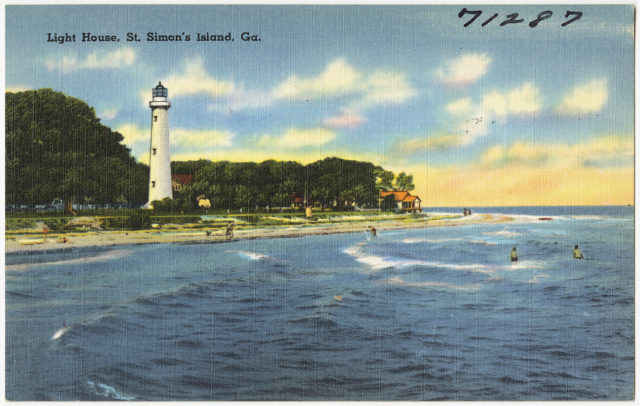
At that point, Amy Roberts and her associates formed The Friends of Harrington School and started raising funds for the restoration of the building.
This little schoolhouse was an important part of the collective memory and heritage of the African American population of the island, and they were determined not to allow it to be torn down.
Spared from demolition, 1920s black schoolhouse being saved https://t.co/OiUrj4anRC pic.twitter.com/wVA8jDTZM4
— Boston Herald (@bostonherald) December 24, 2016
The exact opening date of the school cannot be pinpointed, but historians agree that it must have been in the early 1920s. At that time thousands of schools were being built across the southern states of America by a partnership between the CEO of Sears, Roebuck, and Co., well-known philanthropist Julius Rosenwald, and Booker T. Washington, who was head of the Tuskegee Institute.
These new schools, known as Rosenwald Schools, were designed to educate black children; by the end of the 1920s, it is estimated that a third of all rural black school children in the South were educated at these schools.
Sadly, many of the Rosenwald schoolhouses have vanished. No records exist that prove that the Harrington School was a Rosenwald School, but there is plenty of circumstantial evidence that it may well have been. Its floor plan closely resembles a Rosenwald School floor plan, and the age of the building corresponds to the time that these schoolhouses were being built.
In the mid-1950s, Amy Roberts, who is also head of the St. Simons African-American Heritage Coalition, lived next door to the Johnsons, who were the teachers at the school.
For her first and second-grade education, she rode to school each day with them. In an interview with The Daily Mail, Ms. Roberts fondly remembers those days. “Mrs. Johnson played the piano, and she had the younger children. We used to sing.
We had to do a Bible verse that begins with a different letter of the alphabet every day.”
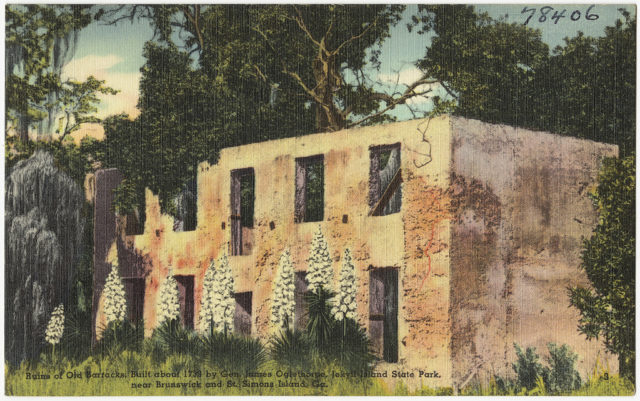
The Friends of the Harrington School are still raising funds to finish the restoration and refurbishment of the schoolhouse so that it will look as it did in the 1920s. Extensive work had already been done to construct a new roof for the building, repair the windows, fix the damaged exterior walls, and rebuild the portico and steps leading up to the door. Work on the interior is ongoing, but tours of the school are available.
Today, St. Simons Island is a bustling seaside resort island that is home to over 12,000 residents, mostly white. When the little schoolhouse was built, the island’s racial make-up was vastly different, but the fact that the African American residents are now in the minority has not stopped them from fighting to restore a building that is very close to all their hearts.
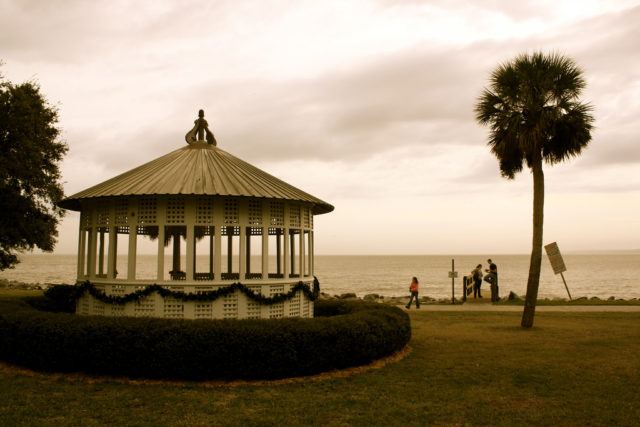
Patty Deveau, the chair of the fundraising committee, put the importance of the building into perspective by reminding everyone that this building is a definitive link between slavery and the civil rights era. It represents the time when slaves were freed, but before African Americans started to fight for their civil rights, Mail Online reported.
Read another story from us: Alnwick Castle: Hogwarts School of Magic in the Harry Potter films
This type of building should be given pride of place anywhere; it represents the educational starting point for hundreds of children that might never have received such an influential force in their lives. It is indeed a historic building.
